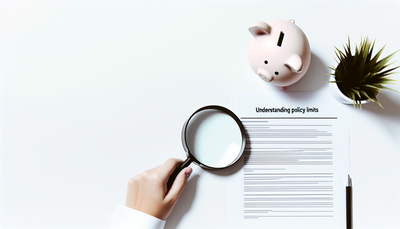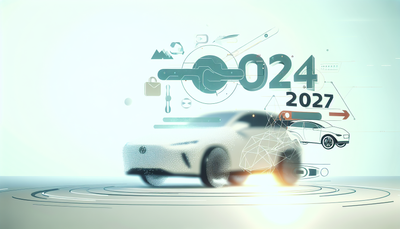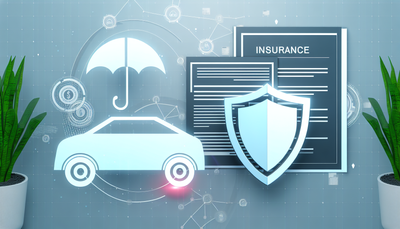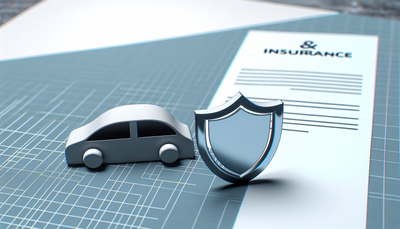What Every Driver Should Know About Their Auto Insurance Coverage
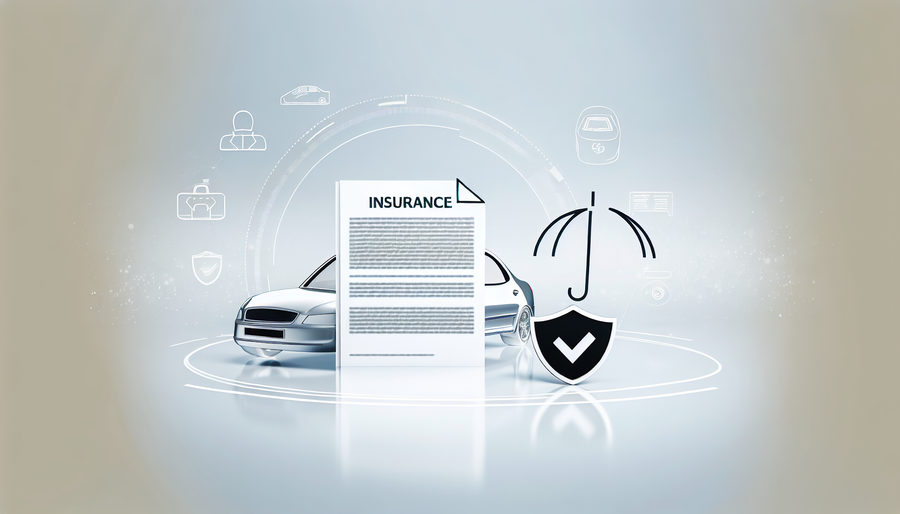
What Every Driver Should Know About Their Auto Insurance Coverage
When was the last time you looked at your auto insurance policy? If you're like most drivers, you probably only think about it when your premium goes up or after a fender bender. But understanding your auto insurance coverage is crucial—not just for peace of mind, but also to make informed decisions that can save you money and protect you on the road.
In this guide, we'll break down the coverage basics every driver should know, explain how different types of insurance work, and help you feel more confident about your policy.
Why Auto Insurance Matters
Auto insurance isn't just a legal requirement in most states—it's your financial safety net. Whether you’re involved in a minor crash or a major accident, the right coverage can shield you from costly repairs, medical expenses, and legal issues.
But with so many terms and options, it's easy to feel overwhelmed. Let’s simplify it.
Core Types of Auto Insurance Coverage
Understanding what kind of protection your policy offers starts with knowing the basic components:
1. Liability Coverage
This is the foundation of any auto insurance policy. It covers:
- Bodily Injury Liability: Pays for injuries to others if you're at fault.
- Property Damage Liability: Covers damage to someone else's vehicle or property.
Most states require a minimum amount of liability coverage—but higher limits are often a smart choice.
2. Collision Coverage
Helps pay for repairs to your car after an accident, regardless of who was at fault. While not legally required, it's vital if you want to avoid out-of-pocket repair bills.
3. Comprehensive Coverage
Covers non-collision-related damages such as theft, vandalism, natural disasters, or hitting a deer. It's often bundled with collision in full coverage policies.
4. Personal Injury Protection (PIP) or Medical Payments
Pays medical bills for you and your passengers after an accident. Required in some states, optional in others.
5. Uninsured/Underinsured Motorist Coverage
Protects you if you're hit by a driver with little or no insurance. Considering how many uninsured drivers are on the road, this can be a lifesaver.
Additional Coverages Worth Considering
Beyond the basics, there are optional coverages that can enhance your protection:
- Roadside Assistance: Helps with towing, flat tires, dead batteries, and more.
- Rental Reimbursement: Covers rental car costs while your vehicle is being repaired.
- Gap Insurance: If your car is totaled, gap insurance pays the difference between the car’s value and what you still owe on your loan or lease.
How to Evaluate Your Auto Insurance Needs
Every driver’s situation is unique. Here are some quick tips for evaluating your coverage:
- Assess your risk: Do you drive in high-traffic or accident-prone areas? Do you park on the street?
- Check legal requirements: Each state has different minimum coverage laws.
- Consider your assets: The more you have to protect, the more insurance you likely need.
- Compare quotes: Shop around to find the best value for your needs.
Final Thoughts: Knowledge is Power Behind the Wheel
Understanding your auto insurance coverage can save you from stress, financial hardship, and legal trouble. By learning the basics and reviewing your policy regularly, you can ensure you're properly protected and getting the best value.
Next time your renewal comes around, don’t just pay the premium—take a moment to review your coverage. You'll be glad you did.
Drive safe, stay informed, and remember: the right information can keep you covered in more ways than one.

